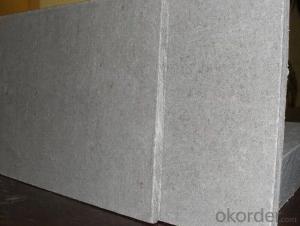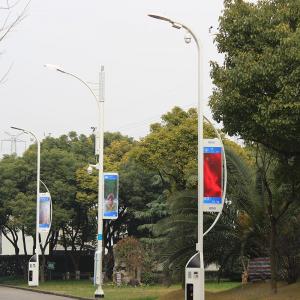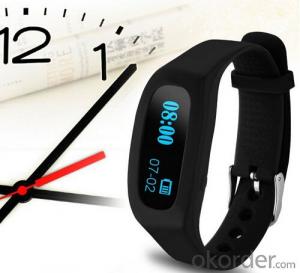Solar Smart Inverter
Solar Smart Inverter Related Searches
Best Solar Inverter For Home Home Power Inverter For Solar Best Inverter For Solar Pv Best Inverter For Solar Mini Solar Inverter For Home Solar Panel Inverter For Rv Inverter For 5kw Solar System Inverter For Solar Power Plant Inverter For Home Solar Solar Power Inverter For RvHot Searches
Used Foam Board Insulation For Sale Bags Of Cement For Sale Types Of Temporary Side Panels For Cement Deck Magnesium Oxide Board For Sale Hdf Board For Sale sintra board for sale Fiber Sheet Price In India Gypsum Board Price Per Sheet In India Fiber Roofing Sheets Price In Pakistan Plastic Fiber Sheet Price 100 Kw Solar Inverter Price 100 Kva Solar Inverter Price Smart Solar Inverter Price 5 8 Type X Gypsum Board Price Gypsum Board Price Per Sheet Hardiflex Fiber Cement Board Price Extruded Polystyrene Insulation Board Price Polyurethane Insulation Board Price White Melamine Board Price Black Melamine Board PriceSolar Smart Inverter Supplier & Manufacturer from China
Okorder.com is a professional Solar Smart Inverter supplier & manufacturer, offers integrated one-stop services including real-time quoting and online cargo tracking. We are funded by CNBM Group, a Fortune 500 enterprise and the largest Solar Smart Inverter firm in China.Hot Products
FAQ
- Yes, a solar inverter can be used with a wireless communication system. Many modern solar inverters are equipped with built-in wireless communication capabilities, such as Wi-Fi or Bluetooth, to enable monitoring and control of the solar system remotely. This allows users to access real-time data, adjust settings, and receive notifications about their solar energy production and consumption through a wireless connection.
- Yes, a solar inverter can be used in standalone systems. Standalone systems, also known as off-grid systems, are not connected to the electrical grid and rely on alternative sources of power such as solar panels. Solar inverters are crucial in standalone systems as they convert the direct current (DC) produced by the solar panels into alternating current (AC) that is used to power household or commercial appliances.
- Yes, a solar inverter can be used with a solar-powered disaster relief system. Solar inverters are essential components of solar power systems as they convert the direct current (DC) produced by solar panels into alternating current (AC) that can be used to power various electrical devices and appliances. In the context of a disaster relief system, a solar inverter would be necessary to convert the DC power generated by the solar panels into usable AC power for charging batteries, operating equipment, and providing electricity to support emergency response efforts.
- Yes, a solar inverter can be used with a solar-powered electric gate system. The solar inverter is responsible for converting the direct current (DC) produced by the solar panels into alternating current (AC) that can be used to power the electric gate system. This allows for efficient and reliable operation of the gate system using solar energy.
- The role of a solar inverter in a solar-powered remote monitoring system is to convert the direct current (DC) electricity generated by the solar panels into alternating current (AC) electricity that can be used to power the monitoring system. It also ensures that the electricity generated matches the requirements of the monitoring equipment, regulates the voltage, and assists in efficient power transmission and distribution.
- A solar inverter is designed to handle temperature variations by incorporating advanced thermal management systems. These systems ensure that the inverter operates within a specified temperature range, typically between -25 to 60 degrees Celsius. The inverter uses internal fans, heat sinks, and sometimes liquid cooling mechanisms to dissipate heat generated during operation. Additionally, the inverter may have temperature sensors that monitor the internal and external temperatures, allowing it to adjust its performance and efficiency accordingly. This temperature management enables the solar inverter to operate optimally and maintain its reliability even in extreme temperature conditions.
- A solar inverter converts direct current (DC) power generated by solar panels into alternating current (AC) power that can be used to power appliances and feed into the electrical grid. It does this through a two-step process. Firstly, the DC power from the solar panels is converted into a high-frequency AC signal using power electronics. Then, this AC signal is transformed into the desired AC output voltage and frequency using pulse width modulation techniques. This allows for efficient and reliable conversion of solar energy into usable electricity.
- The role of a galvanic isolation circuit in a solar inverter is to provide a barrier of protection between the high-voltage DC input from the solar panels and the low-voltage AC output. It ensures electrical safety by isolating the input and output circuits, preventing any direct electrical connection or potential leakage current. This isolation helps to prevent electrical faults, ground loops, and potential damage to the solar inverter or connected equipment, while also reducing the risk of electrical shock.















































